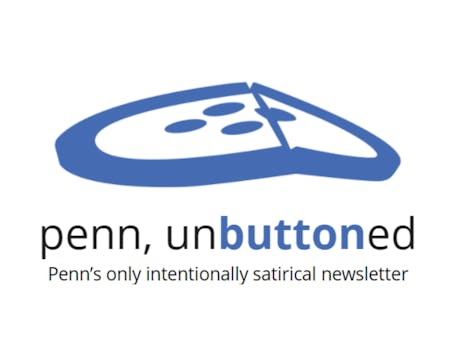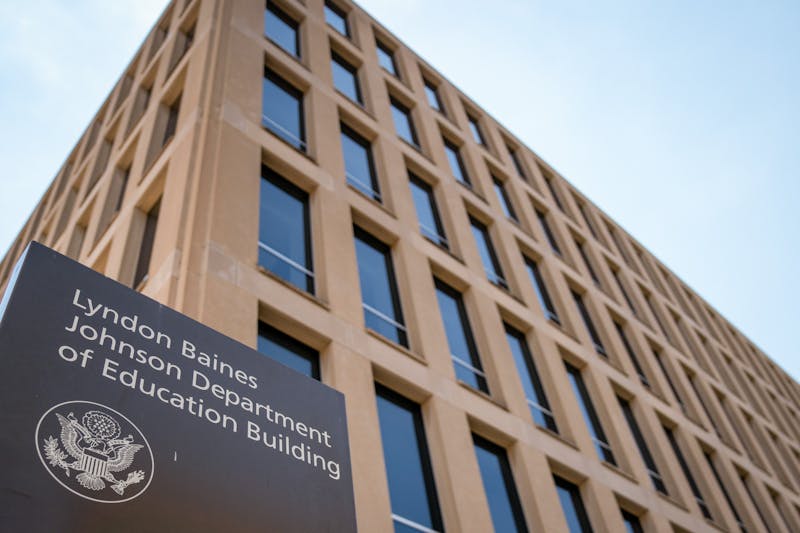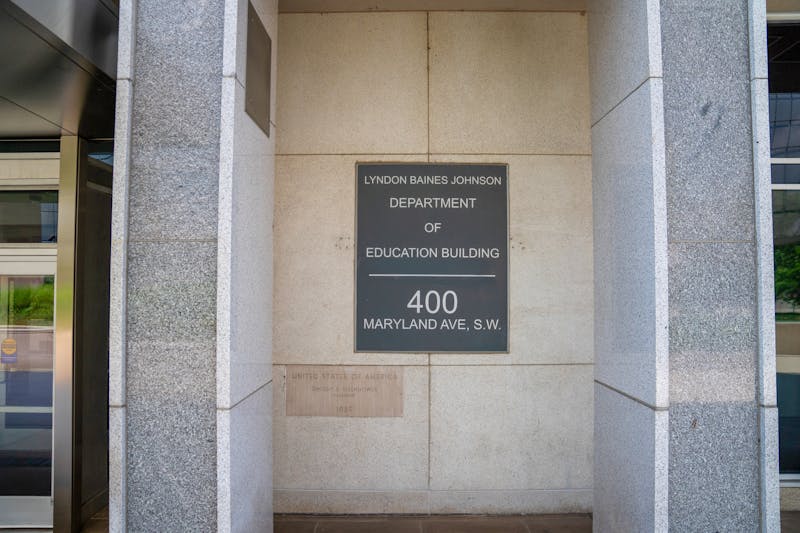
For a city rich in Civil War history, Philadelphia has its fair share of historical museums.
One of these organizations -- the Civil War and Underground Railroad Museum of Philadelphia -- has established itself as a premier authority on one of the most significant and bloodiest wars in American history.
Located in a nondescript building at 1805 Pine St., the museum blends into the surrounding row house establishments. However, once inside, the distinction becomes clear: The museum's three floors are packed with Civil War spectacles, ranging from Confederate currency to bullets and firearms.
"The museum deliver[s] a remarkable sensation of intimacy" and the visitor "soon loses [himself or herself] in the stories of heroism, grief and sacrifice," according to Fred McCaffrey of Buzz Communications, the museum's public relations firm.
Overseeing the museum's developments is a 17-member board of directors, which includes former Penn Executive Vice President Clifford Stanley.
American history doctoral candidate Kyle Farley says the museum is one of the more well-established historical institutions in the city.
"You can tell it's an older museum because of its layout, like a late 19th or early 20th century museum," Farley says. "It's more object-focused than interpretation-focused."
Of the myriad of artifacts on display at the museum, perhaps the most compelling is Old Baldy, the preserved battle horse of Union General George Meade.
The artifact is "one of the most unique and beloved members of the collection," according to Interim Site Manager Kristen Froehlich.
The objects on display represent a collection that dates back to the 1880s. At that time, the Military Order of the Loyal Legion of the United States --Philadelphia officers who served as an honor guard for President Abraham Lincoln -- began gathering and organizing the post-war artifacts in their possession.
"They collected everything they could, including photographs, drawings, letters, etc.," Froehlich says.
After years of artifact additions and name and location changes, the museum now boasts one of the more comprehensive Civil War displays in the city of Philadelphia.
According to Froehlich, the quality of the exhibits is proven on a daily basis.
"In my time, I have never seen a visitor to this museum leave not being absolutely delighted with the experience they had," Froehlich says.
Farley agrees, suggesting that "anyone who is interested in Philadelphia's history or in the Civil War should visit" the historical spot.
The museum's board of directors has several items on their agenda, which include the search for a new venue and the expansion of the board.
According to Froehlich, a new location is being investigated to fulfill a "vision of having a more inclusive collection of more of the stories of the Civil War."
Board members are hopeful of finding a new facility, which, according to Froehlich, will allow the museum to offer a more thorough display of exhibits.
The Daily Pennsylvanian is an independent, student-run newspaper. Please consider making a donation to support the coverage that shapes the University. Your generosity ensures a future of strong journalism at Penn.
DonatePlease note All comments are eligible for publication in The Daily Pennsylvanian.







